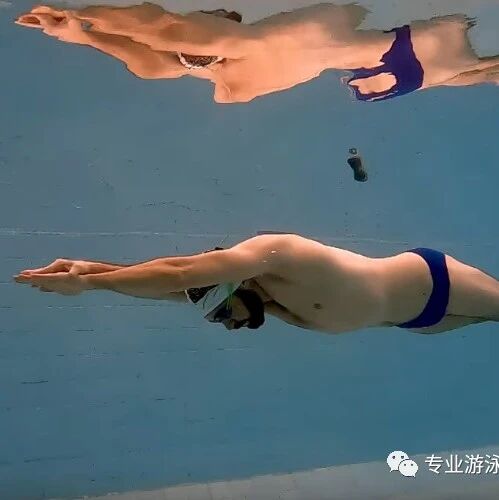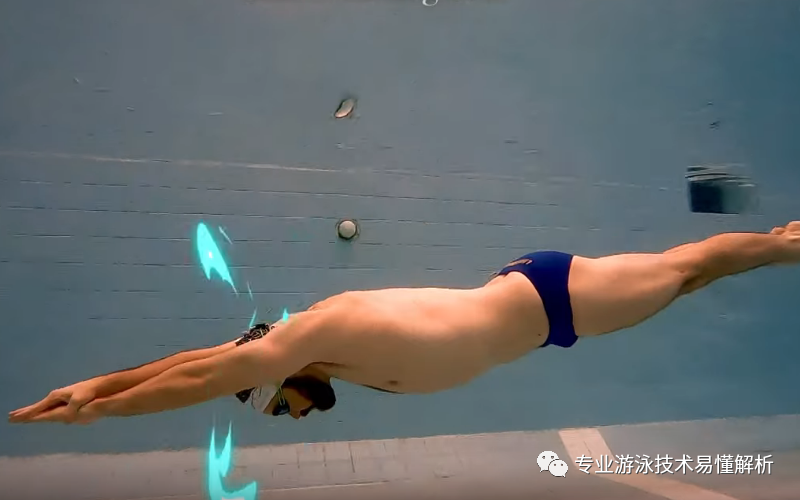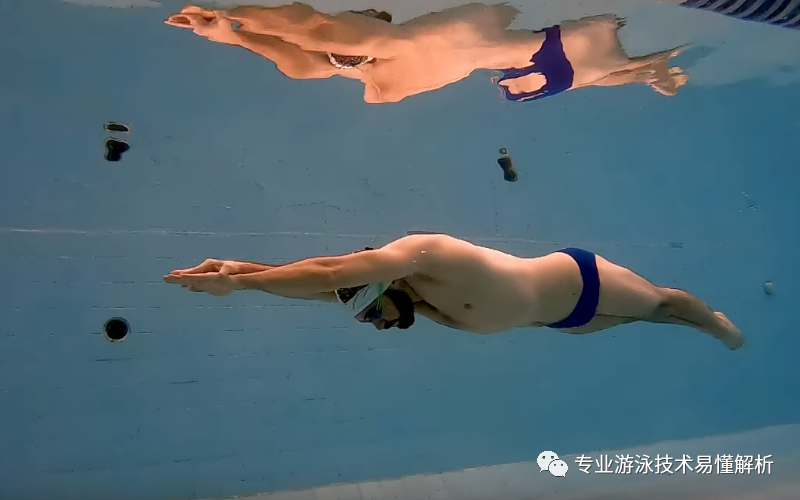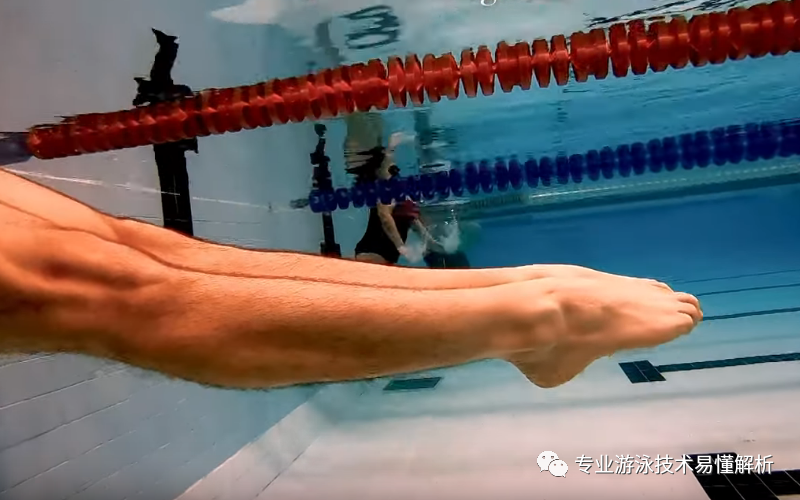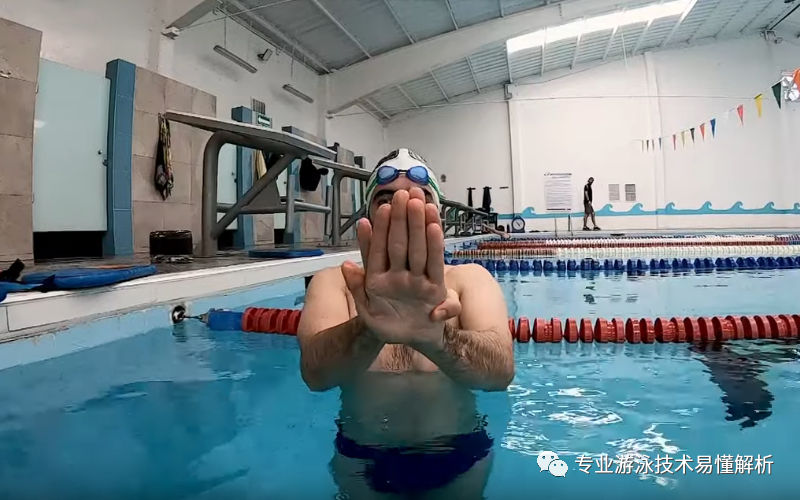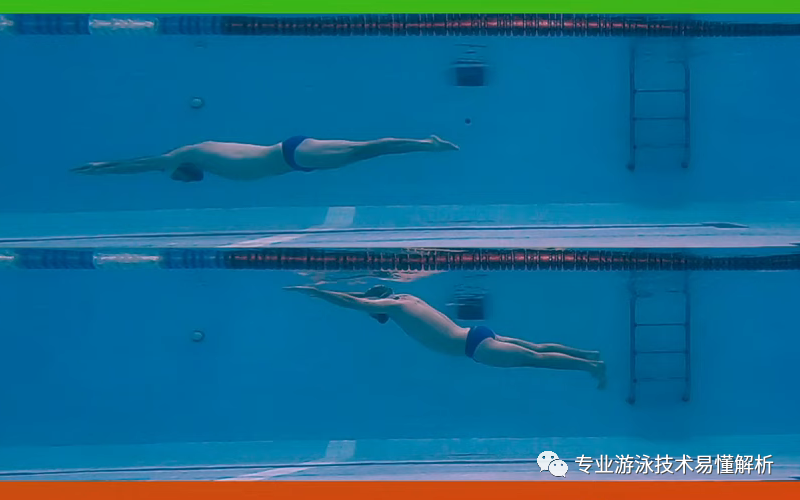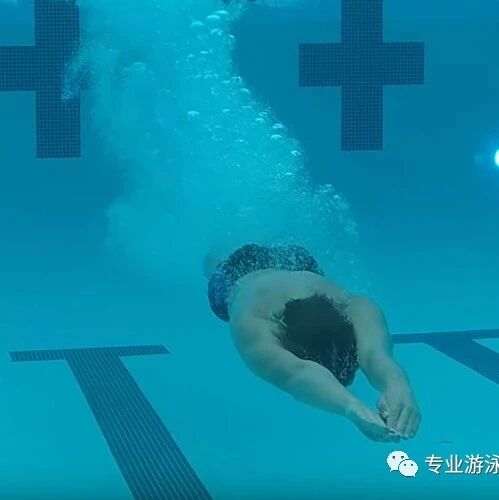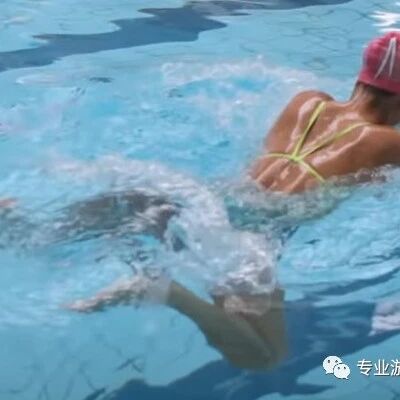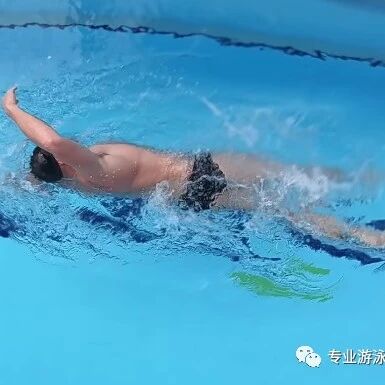"Diving underwater" is a childhood game enjoyed by many swimming enthusiasts—typically, kids who excel at this playful dive also tend to be the best swimmers and swim the fastest. This highlights an important truth: "diving underwater" isn’t just a simple game—it’s directly tied to one’s swimming technique, and in fact, it can even be considered one of the essential building blocks for mastering swimming skills.Of course, the "dive headfirst" game is naturally part of children's playful instincts. With guidance from swimming theory, why not combine theory with practice—taking it a step further to help kids go even farther in their aquatic adventures?So, how can you help your body glide farther and faster through the water? The answer is simple, clear—and also the only effective method: make your body long and streamlined. This is the key foundation for swimming quickly and efficiently.1. Upper-body movements that elongate the postureExtend both arms as far as possible, keeping them straight, with your head nestled gently between them—just below the center—and gaze downward toward the pool floor. Place your palms stacked neatly together, and engage your core by drawing your abdominal muscles inward.If the shoulder joint is sufficiently flexible and well-stretched, the two arms will extend slightly longer, allowing the head to tuck more neatly between them—and significantly reducing frontal resistance against the water.
It's important to note that when stretching your arms, be cautious of causing your back to arch unnaturally. This indicates that you’re not relaxing enough during the stretch and may be exerting too much force—leading to the opposite of the intended effect.
2Lower-body movements that elongate the postureWhen stretching your body, keep your legs together, gently pressing them from the groin down to the soles of your feet, ensuring the entire surface of your feet remains flat and straight.Don’t let both feet completely relax into a naturally arched foot position, nor tense them excessively to create an inward-curling motion of the soles. Simply put, avoid forcing your ankles—instead, keep your feet parallel and straight while allowing your ankles to remain relaxed.Additionally, keep your hips slightly engaged after bringing your legs together—but avoid squeezing them too tightly. Doing so can easily lead to a pronounced hip-up posture, which undermines a streamlined stance and may even have the opposite effect.
3. Body perception differs from actual reality
It has to be said that the body's perception while submerged in water doesn’t always match reality. For instance, when you extend your arm, you might think it’s perfectly straight, but in fact, it could be slightly angled outward or even lifted upward. Similarly, though you feel your body is aligned parallel to the water’s surface, your lower half may actually be pulled downward by your upper body, causing you to sink deeper than you realize. And when you stretch out your palm, you might believe it’s perfectly straight, yet in reality, it could be tilted upward—or even turned outward with the palm facing away from you.Therefore, having a swimming partner help you capture your body posture underwater is both essential and highly practical—it helps improve your body awareness and allows you to better control your position in the water.Dive with the same force, and once in the water, maintain the same streamlined body position—but still, the speed and distance you cover underwater can vary dramatically. This could happen for many reasons: perhaps you glanced up unintentionally, lifted your palms slightly, arched your back, hooked your feet into the water, relaxed your core too soon, or even exhaled too early.Of course, the angle of entry into the water and excessive muscle tension during takeoff could be the key reasons for the rapid decrease in speed after entering the water.In short, always remain acutely aware of your body’s connection with the water and maintain a slender, streamlined posture—this is a swimmer’s ultimate tribute to the water, allowing effortless, graceful movement through the pool.
